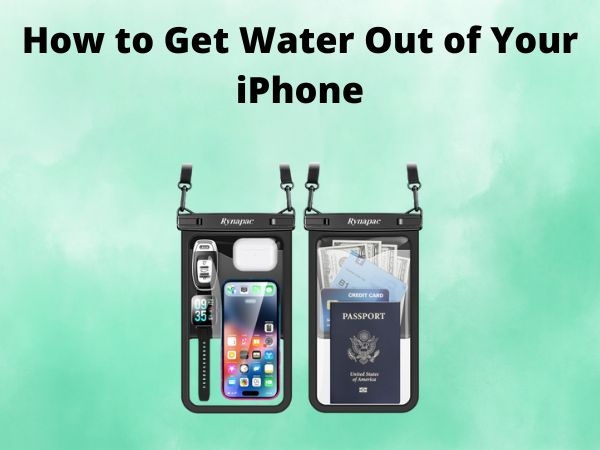How to Install a Water Filter Faucet in Your Kitchen
Are you tired of dealing with the impurities and unpleasant taste of your tap water? If so, installing a water filter faucet in your kitchen could be the perfect solution. Not only will it provide you with clean, great-tasting water, but it can also be a stylish addition to your kitchen decor. In this comprehensive guide, I’ll walk you through the step-by-step process of installing a water filter faucet, so you can enjoy the benefits of filtered water in your home.
Table of Contents
Gather Your Supplies
Before you start the installation, make sure you have all the necessary supplies on hand. You’ll need the following items:
- Water filter faucet
- Wrench
- Teflon tape
- Silicone sealant
- Drill (if necessary)
- Hole saw (if necessary)
Prepare the Sink Area
The first step in the installation process is to prepare the sink area. Begin by turning off the water supply to the existing faucet and opening the faucet to release any remaining water pressure. Once the water is turned off, you can remove the old faucet by unscrewing the mounting nuts and lifting it out.
Creating a Hole for the New Faucet
If your sink doesn’t already have a pre-drilled hole for a water filter faucet, you’ll need to create one. Measure the size of the new faucet base and use a hole saw to cut a clean, circular hole in your sink. Make sure the hole is the correct size to accommodate the new faucet.
Installing the Faucet
Now it’s time to install the new water filter faucet. Start by applying a thin layer of silicone sealant around the base of the faucet. This will help create a watertight seal and prevent any leaks. Next, carefully insert the faucet into the hole in the sink and secure it in place with the mounting hardware that came with the faucet.
Connecting the Water Line
The next step is to connect the water line to the new faucet. Depending on the model, you may need to attach a flexible hose or a direct connection to the water supply. Make sure to use Teflon tape on the threads to ensure a tight, leak-proof seal.
Attaching the Water Filter
Once the faucet is installed and the water line is connected, you’ll need to attach the water filter. Follow the manufacturer’s instructions carefully, as the process may vary depending on the specific model you’ve chosen. Generally, you’ll need to connect the filter to the water line and secure it in place.
Testing and Adjusting
With the installation complete, it’s time to turn the water back on and test the new faucet. Check for any leaks and make any necessary adjustments to the connections. You may also need to flush the filter by running the water for a few minutes to remove any initial impurities.
Maintenance and Care
To keep your water filter faucet functioning at its best, be sure to follow the manufacturer’s recommendations for filter replacement and general maintenance. Regularly replacing the filter will ensure that your water remains clean and fresh-tasting.
Conclusion
Installing a water filter faucet in your kitchen is a simple and effective way to improve the quality of your tap water. By following the steps outlined in this guide, you can have a beautiful, functional faucet that provides you with clean, great-tasting water every time you turn on the tap. Don’t let impurities and poor water quality ruin your cooking and drinking experience – take control and install a water filter faucet today!
FAQs
How often should I replace the water filter?
The frequency of filter replacement can vary depending on the specific model and the amount of use. Most manufacturers recommend replacing the filter every 6-12 months, or when you notice a decline in water flow or taste. Be sure to refer to the manufacturer’s instructions for the recommended replacement schedule.
Can I install a water filter faucet myself, or do I need a plumber?
In most cases, you can install a water filter faucet yourself without the need for a professional plumber. The process is relatively straightforward, and the instructions provided with the faucet should guide you through the installation. However, if you’re not comfortable with plumbing work or have any concerns, it’s always best to consult a licensed plumber to ensure a proper and safe installation.
How do I know if my water filter is working properly?
There are a few signs that can indicate whether your water filter is functioning as it should. If you notice a decrease in water flow, a change in water taste or odor, or if the filter appears dirty or clogged, it may be time to replace the filter. Additionally, many water filter faucets come with indicator lights or other features that let you know when it’s time for a filter change.
Can I use a water filter faucet with an existing kitchen sink?
Yes, you can typically install a water filter faucet with an existing kitchen sink, as long as the sink has a pre-drilled hole or you are able to create a new hole to accommodate the faucet. The installation process is similar, and you’ll need to ensure a proper fit and seal to prevent any leaks.
What are the benefits of using a water filter faucet?
The main benefits of using a water filter faucet include improved water quality, better taste, and reduced impurities. By filtering out contaminants like chlorine, heavy metals, and sediment, a water filter faucet can provide you and your family with clean, refreshing water for drinking, cooking, and cleaning. It’s a simple and effective way to enhance the overall quality of your tap water.


